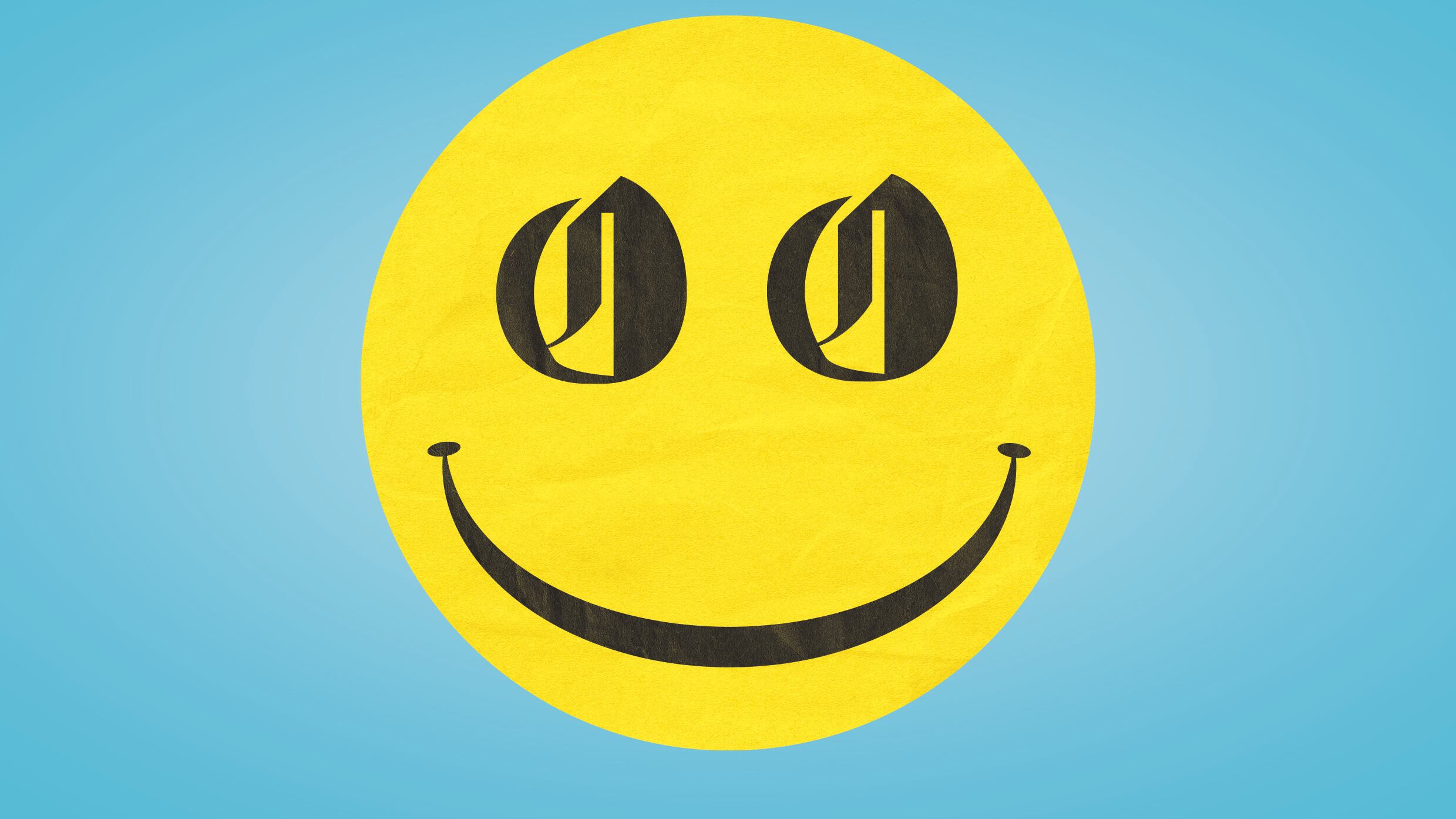On a recent Sunday, readers of The Oregonian’s print edition unwrapped the paper to find more bad news about Portland—although it was partly obscured by the promise of happier times.
“While woman buys milk, boyfriend is shot outside,” one front-page headline read. Another story examined the debate over the fate of statues of U.S. presidents toppled by Portland protesters.
But plastered over some of the bleakness was a cheerful yellow banner promoting a new offering called “Here is Oregon.” A blurb promised stories, both in print and online, that would celebrate “the people, the places, the experiences and the diversity of culture and skills that inspire innovation and build community.”
In other words: a section of The Oregonian with only good news. It’s a phenomenon that some observers worry could detract from the paper of record’s mission to cover the news as it is rather than as some would like it to be. That’s a risk at a time when hard news coverage is thinner and thinner because of shrinking budgets.
For three months now, Here is Oregon—which the paper’s executives describe as a “lifestyle brand” published on a website separate from OregonLive.com and in designated features in The Oregonian’s print edition—has provided Oregonian readers with a version of reality free from violent death and political disputes. The stories that populate the new website dwell on hiking trails, gingerbread houses and downtown cleanups. They arrive on a website free from the pandemic, shootings and stories about the homeless.
That’s a dramatic break from the dire—and usually accurate—portrait of the city The Oregonian regularly presents to readers.
The paper’s top editor says that’s OK.
“It’s hit the mark with people, whether or not people recognize it as anything different from The Oregonian’s traditional content,” says Therese Bottomly, editor and vice president of content. “People want a break from the doom and gloom.”
The happy-news service is the brainchild of two Oregonian Media Group executives with close ties to the Portland Business Alliance, the city’s chamber of commerce. In a year when Portland’s reputation is circling the drain nationally, the newspaper, which is owned by the wealthy Newhouse family, is betting that readers want more stories dedicated to loyal geese and small-town heroes.
But as an election looms where Portland’s dismaying present and uncertain future are a top-of-mind issue for voters, The Oregonian’s new strategy could create two competing narratives: gritty reality versus an airbrushed version of a hip, happy and healthy Oregon that some wish existed.
“Obviously, it creates a tension between the commerce and the journalism side of the newspaper,” says Tim Gleason, who teaches journalism ethics at the University of Oregon. “It puts significant pressure on all the editors to make sure that the journalists are insulated.”
Last May, Amy Lewin worked as communications director for the Portland Business Alliance. On a Friday afternoon, she emailed executives of local media organizations to ask how they could tell positive stories about Portland. (Disclosure: WW is also a member of the PBA and received the email.)
“I had been in several meetings that week reviewing independent research that showed sentiment in the region was down and there was concern that Portlanders were losing confidence in a significant way,” she says now.
Lewin says she received one immediate reply: from John Maher, president of Oregonian Media Group, who oversees the newspaper’s business operations, i.e., selling advertising, sponsorships and subscriptions.
Lewin and Maher discussed the revival of a dormant brand, then called This is Oregon. The Oregonian started that project in 2018. Bottomly says it was modeled on This is Alabama, a positive-news site affiliated with newspapers also owned by the Newhouses. (The Oregonian renamed the site Here is Oregon after discovering an Instagram feed had already claimed the This is Oregon name.)
In July, Lewin left the PBA and joined Oregonian Media Group as vice president of brand and strategic partnerships. On July 1, Maher became chair of the PBA’s board of directors.
And on Oct. 20, Here is Oregon launched, with a website (hereisoregon.com) that collects stories from The Oregonian, partner newspapers from across the state, and some clearly labeled sponsor content. Most of the stories on the site, which in most cases were written by Oregonian staffers, would fit comfortably on the existing arts and culture pages—or as soft Sunday features.
Missing from the new content: any interruption of the positive vibes.
George Rede, a former Oregonian editor who has taught media courses at Portland State University, says Here is Oregon is a harmless endeavor.
“I don’t see anything yet to give me an uneasy feeling about where this is headed,” Rede says. “It does address a desire from the public for some relief from what they see as a stream of nothing but negative news. If there are cynics who want to question that, that’s their prerogative, but I hope over time this results in a win for readers and the newsroom.”
The Oregonian could use such a victory. Over the past two decades, its newsroom staff has shrunk from more than 300 to its current total of 63. Like just about every media company, including WW, it is searching for new funding models.
Lewin says advertisers have expressed interest in a positive-news site, but she denies trying to whitewash Portland’s reputation. “It is not a business campaign,” she says. “It is a place where we hope people will find a moment to smile and remind themselves why they remain committed to this place.”
Two of the three “Oregon Community Champions” who partner with Here is Oregon are trade associations: Oregon Business & Industry, which represents the state’s largest employers, including Intel and Nike, and the Oregon Restaurant & Lodging Association, which advocates for restaurateurs and hoteliers. Oregonian Media Group director of marketing Chris Hammond says the groups provide sponsored content and tips for Here is Oregon to pursue.
Members of both organizations have suffered from the blitz of bad press Portland has generated over the past two years.
Lori Little, director of communications for ORLA, says Here is Oregon was a natural fit. “Our tourism stakeholders and partners are excited to be a part of efforts like this to get great stories out to inspire travelers in the midst of challenging years dominated by the pandemic,” Little says. OBI didn’t respond to a request for comment.
But statewide numbers from an October OBI poll make clear why the trade group would support more optimistic stories. In that poll, conducted by Portland pollster DHM Research, 64% of Oregon voters said their community was on the wrong track, and 70% said Portland had a negative impact on the rest of the state.
Some of that impression was created by reporters at The Oregonian doing their jobs, like when Shane Dixon Kavanaugh detailed the city’s inability to handle trash in the story “Dumptown.”
Such assessments could create new tensions in 2022, as the newsroom covers elections—while Here is Oregon works equally hard to “lift and celebrate” the state.
Bottomly says that’s a friction her newsroom can navigate.
“I remember when we started the Home and Gardens section,” she says, “and some investigative reporters said, ‘Where’s the hard news?’ Any newsroom can have tensions among the various sections. But I think they can live peacefully. We can be more than one thing to the community.”

